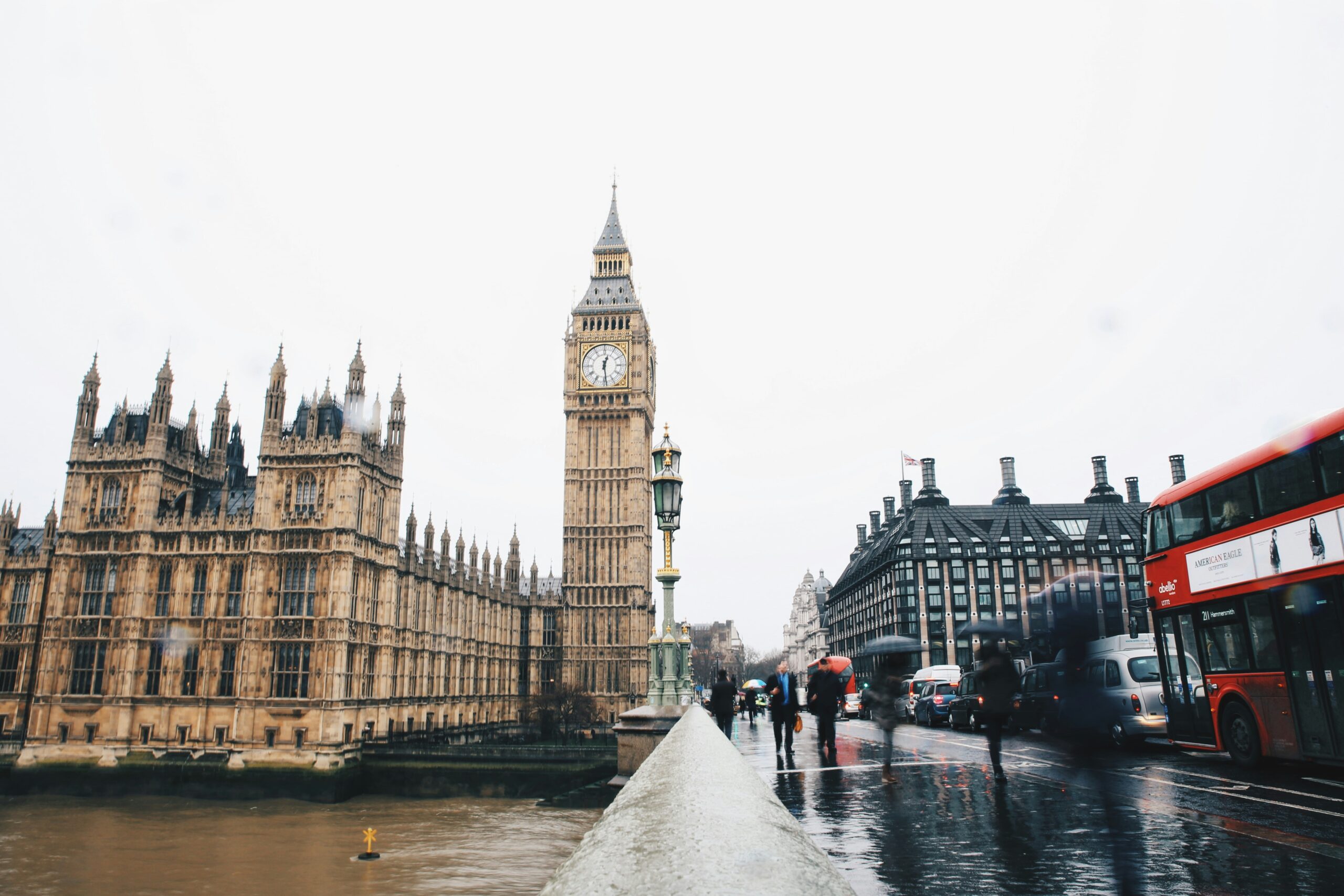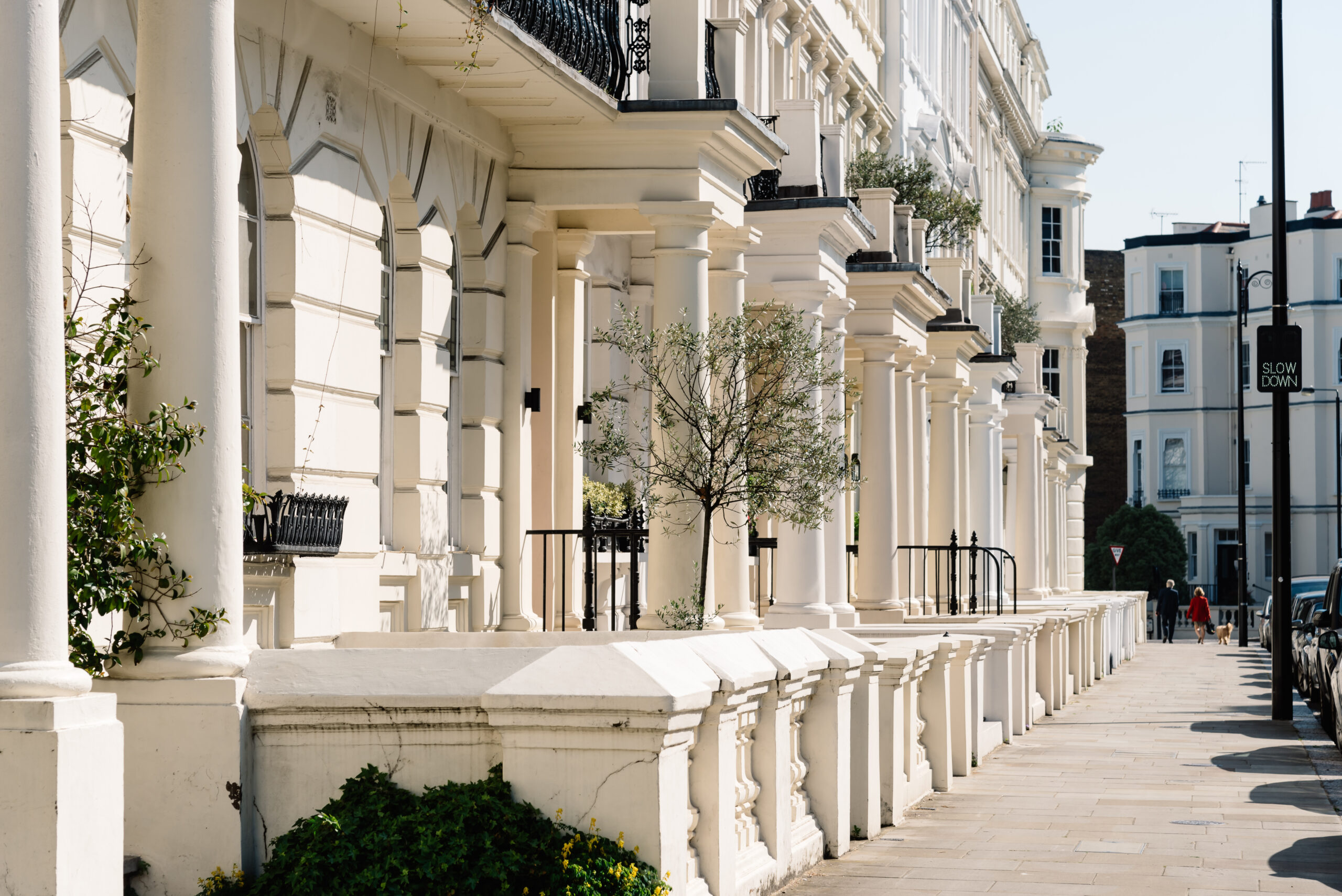After the mess and fuss of the recent years in UK politics, one begins to look back on the early 2010s with warmth. A time when the most pressing stories were either true policy discussion or – to spice things up – Ed Milliband eating a sandwich. But times have changed and we are left wondering how many issues got crowded out by political scandals. However keeping these problems out of mind has simply left these issues to fester.
The attitude towards homelessness and hostile architecture is one of these ongoing issues. Although metal spikes have been causing public outrage for years, anti-homeless architecture is not gone for good. It is essential to revive this conversation. Recent research reveals that the public is becoming more empathetic towards homeless people. This creates an optimal environment for civil society and the government to tackle this long-standing problem.
‘Hostile architecture’ is a product of urban design that is often overlooked. This term stands for elements of the built environment that intentionally restrict certain activities. For instance, small metal devices on handrails obstruct their use by skaters. In a narrower sense, this phenomenon is also referred to as ‘anti-homeless architecture’. This means that certain parts of built-up or outdoor space are designed to hinder or disincentive rough sleeping. Metal and concrete spikes near the walls, and benches with a ‘divider’ or an angle are the most common examples of this.
In the UK, this topic attracted public attention in the 2010s with many criticising the use of metal spikes in front of private housing and businesses. Metal spikes have become an ongoing issue and public discussions are amplified by new instances of hostile architecture and media scandals. Anti-homeless architecture has, however, not disappeared. In central London alone, one can find concrete spikes in front of Tower Hill station, and metal spikes at Limehouse and the Old Bailey to name a few.
The key argument against anti-homeless architecture is that it is exclusionary and dehumanising. Metal and concrete spikes resemble anti-pigeon spikes used widely across the UK. To intentionally design an element that prevents sleeping is both an acknowledgement of the rough sleeping problem and a bold denial of empathy towards a fellow human being. Moreover, the presence of spikes exposes the failure to recognise rough sleepers as community members in need. Anti-homeless architecture denotes rough sleepers as ‘others’ and excludes them from the local area.
A common response to criticism of anti-homeless architecture is that it is just one element of a much broader problem. Put another way, when one complains about anti-homeless design elements it distracts attention from other more comprehensive solutions. In my view, this is a legitimate concern. Even an outright prohibition of metal spikes will not put an end to rough sleeping. When we talk about anti-homeless architecture, we need to talk about homelessness prevention, intervention and aid, as well as social housing.
Nonetheless, the debate around hostile architecture is vital in its own right. Both conceptually and physically, anti-homeless architecture’s main purpose is to push the problem of rough sleeping away. The fact that it is accepted in modern Britain legitimises the unempathetic approach to rough sleeping. If one asks the question “is it alright for a person to be left with no other option but to sleep on the street in the UK?”, the spread of hostile architecture implies a “yes, as long as this does not happen on my doorstep” answer. It is also crucial that the discussion of hostile architecture does not necessarily crowd out discussion of other homelessness-related problems and initiatives. If anything, it should raise public awareness of the rough-sleeping problem.
Admittedly, there are limitations on reducing hostile architecture through policymaking. First, hostile architecture is often used by private owners. Any restrictions and regulations will inevitably undermine individuals’ rights to manage their property.
Of equal importance is the lack of precision in the definition of anti-homeless architecture. While metal spikes can hardly serve any other purpose, benches with a divider may be designed with the needs of those who require support to stand up in mind. It is similarly complicated to distinguish artistic expression or aesthetic choices from intentional hostility. For instance, should outdoor plants be banned if they are used to occupy space and obstruct rough sleeping? A sophisticated policy will require case-by-case analysis and ad hoc requirements. This might make a state solution costly and ineffective because formal legislation inevitably lacks flexibility.
If the response to anti-homeless architecture is not driven by the state, the public should take the lead. In 2014 for instance, a change.org petition resulted in the owner removing the metal spikes from the front of their private property in the Southwark area. While there is scarce evidence of other successful public campaigns, the 2014 petition provides a model solution. Public campaigns can focus on individual cases, achieve sound results and disincentivise the future use of anti-homeless design elements.
Hostile architecture is an exclusionary practice that undermines the integrity of the community. It is also a toxic phenomenon that normalises the dehumanisation of rough sleepers. Prohibition by the state, while desirable, has significant limitations as an approach. However, this does not preclude the endeavour to counter anti-homeless architecture. Raising awareness and attracting public attention can generate positive change at a local level. Especially at a time when the public’s interest in addressing the homelessness problem is growing.
Mikhail Korneev is a Research Assistant at Bright Blue. Views expressed in this article are those of the author, not necessarily those of Bright Blue. [Image: Nick Fewings]





